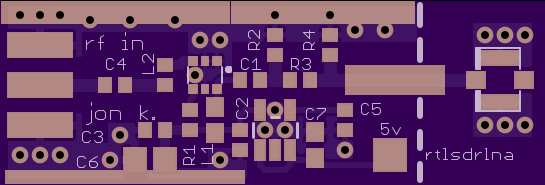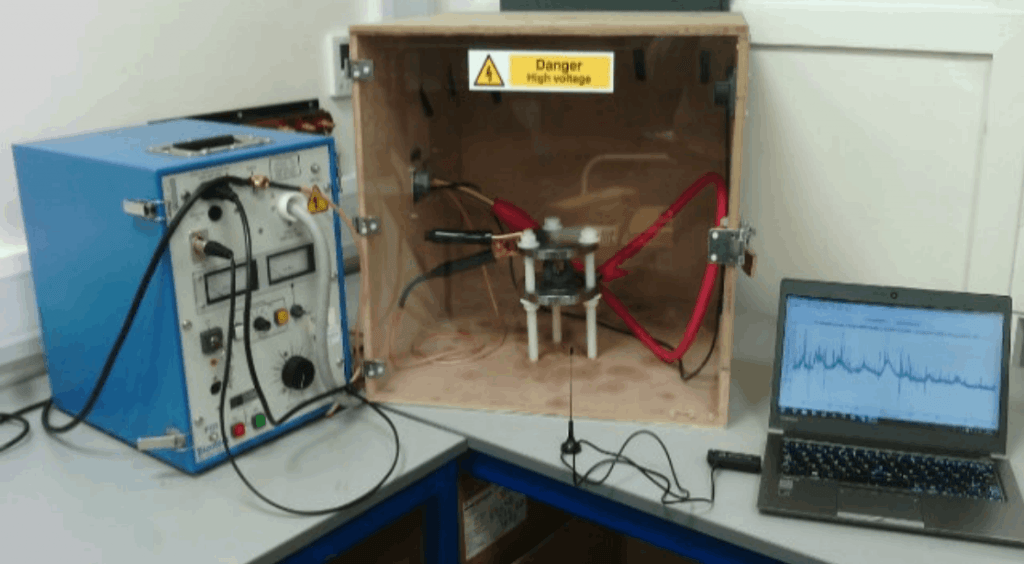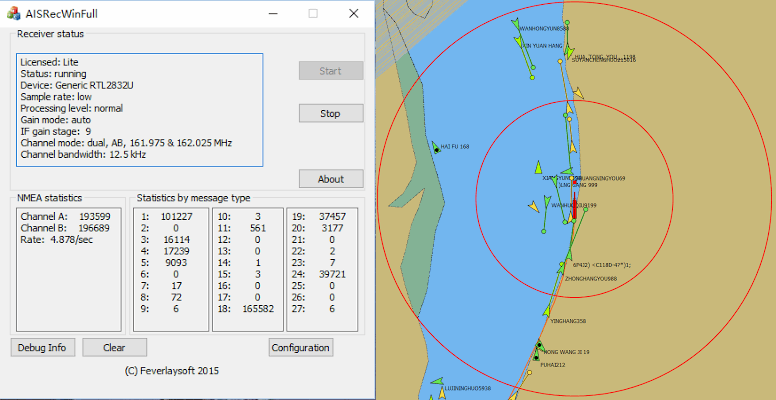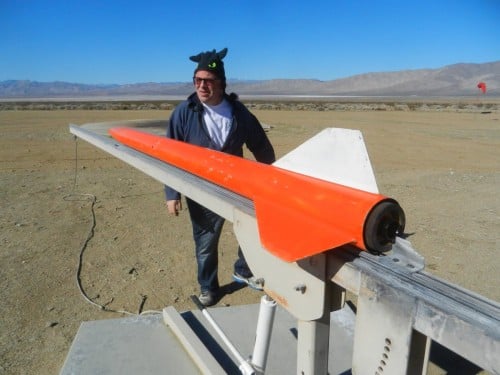Finding Cheap Pre-Designed PCBs for SDR Projects
Recently RTL-SDR.com reader Neil KM4PHK wrote in to us to let us know that he’s been having a good time searching for SDR related PCB’s over on OSH Park. OSH Park is a company that allows you to upload and share a PCB, and then have it cheaply printed and sent to you for construction.
Some useful RTL-SDR related PCBs we found searching through their shared projects include PCB’s for a SAW filter, a PSA4-5043+ based LNA, an MGA-53543 based LNA, a lowpass or bandpass filter, an FM trap, an ADS-B filter with LNA and a bias tee. More projects can be found by searching the shared projects page for strings like “SDR, LNA, Filter, Bias Tee, ADS-B”. Neil also writes that although some projects don’t have instructions on their OSH Park page, usually searching Google will reveal them.







